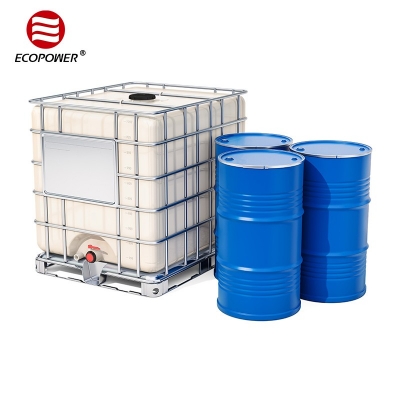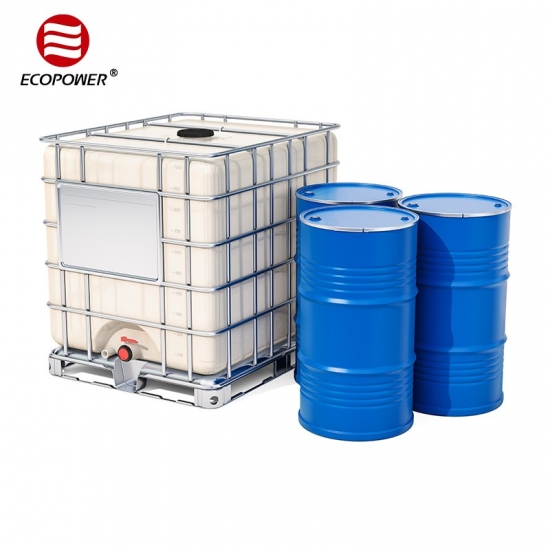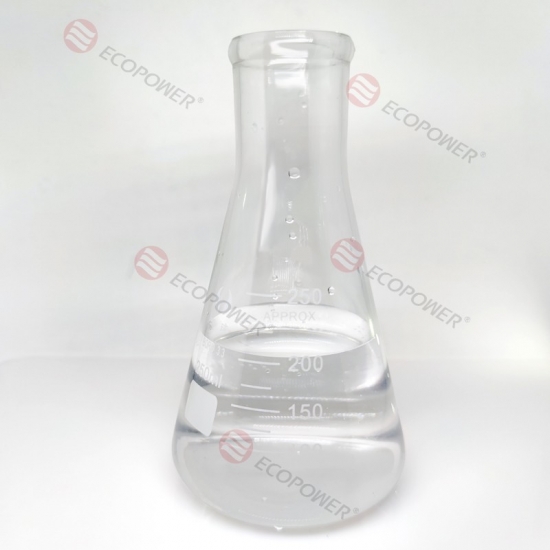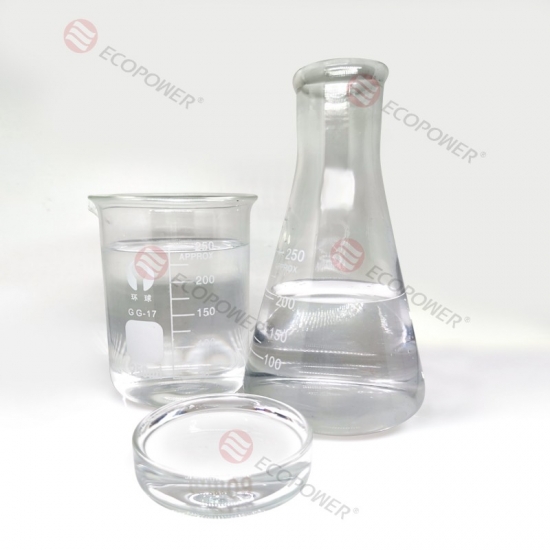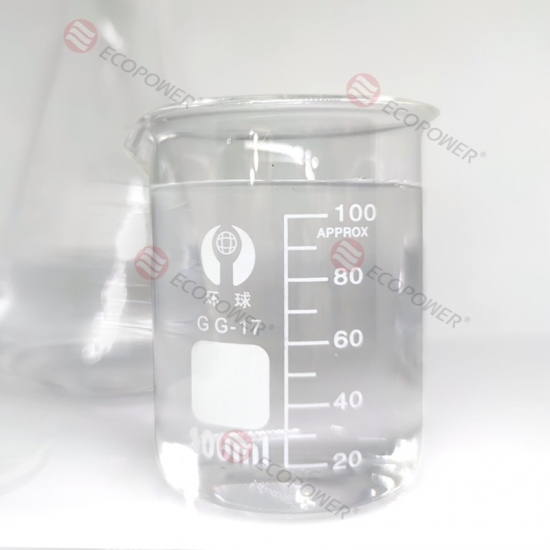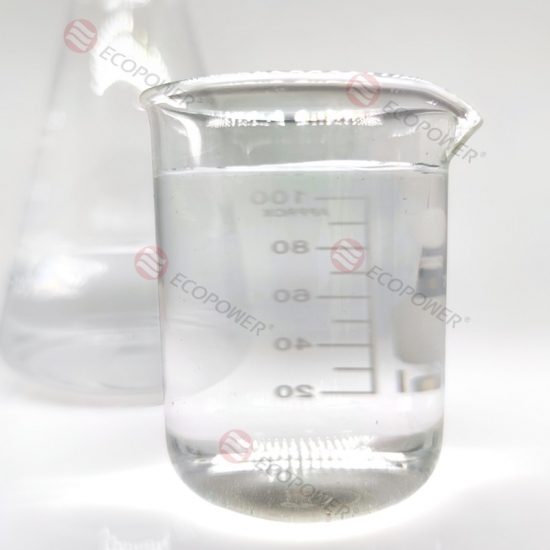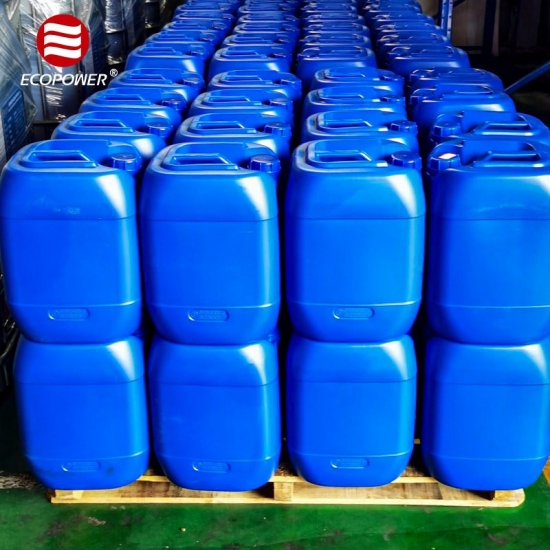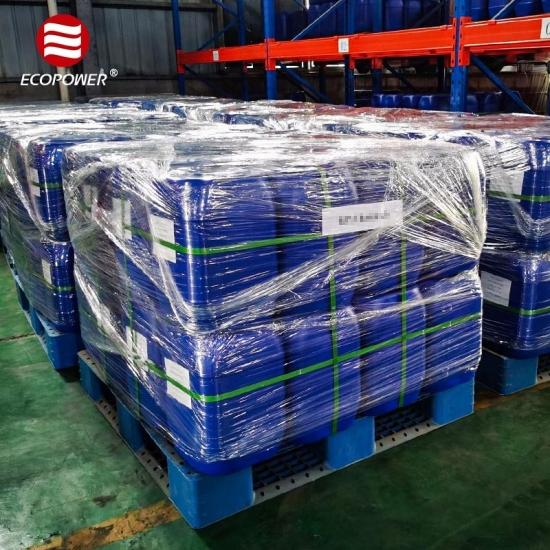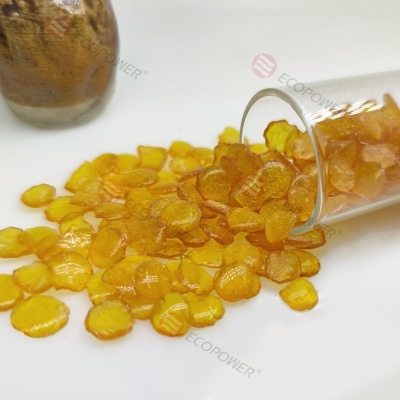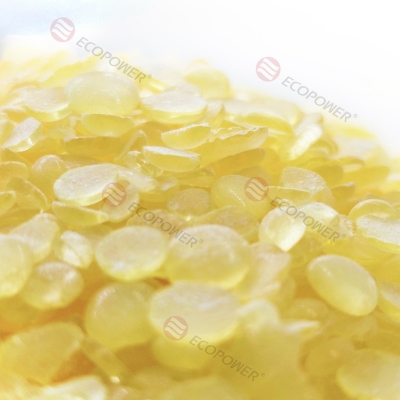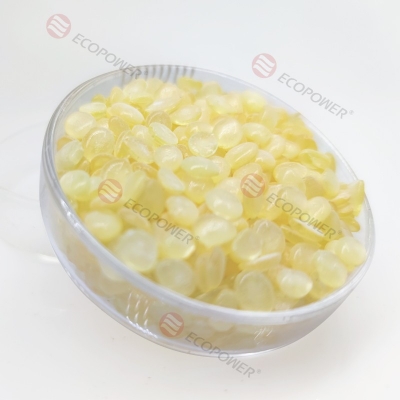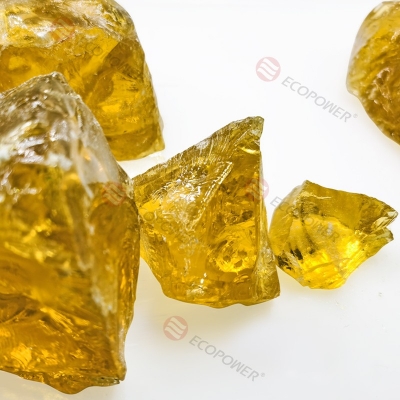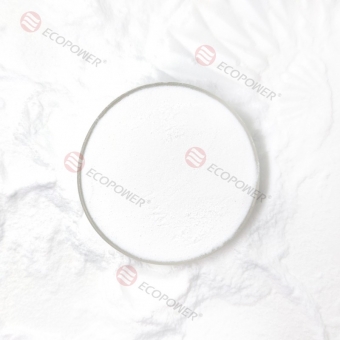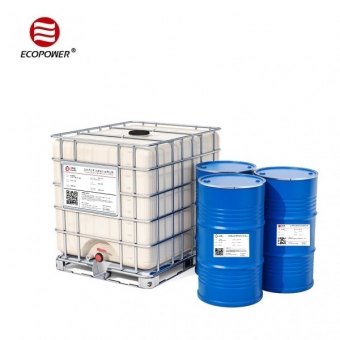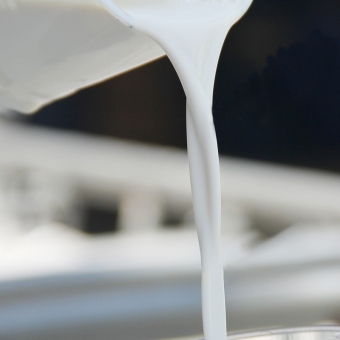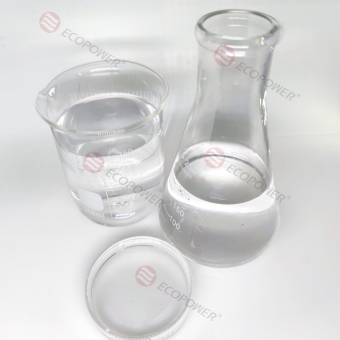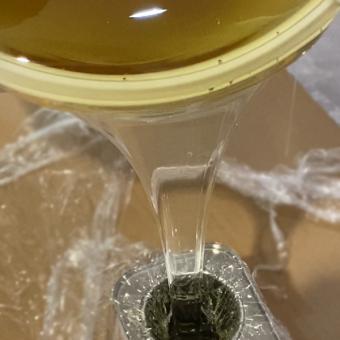Alkoxysilan-Zwischenprodukt Crosile® 201 C6H15ClO3Si Chlorpropyltrimethoxysilan
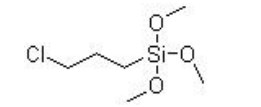
Chemische Eigenschaften
Crosile® 201: γ-Chlorpropyltrimethoxysilan.
Das Produkt ist eine farblose, transparente Flüssigkeit. Es ist wasserunlöslich und reagiert langsam mit Wasser, löst aber in saurer oder alkalischer Umgebung leicht eine hydrolytische Vernetzungsreaktion aus. Es ist der Hauptbestandteil von Methoxysilan-Haftvermittlern. Darüber hinaus weist das Produkt eine gute Haftwirkung mit epoxidglasfaserverstärkten Kunststoffen auf und kann außerdem als Verstärkungs- und Vernetzungsmittel in Verbundwerkstoffen, Tinten, Leimwasser und Dichtungsmaterialien eingesetzt werden.
Synonyme
CPTMO, γ-Chlorpropyltrimethoxysilan, Silan-Haftvermittler A-143, (3-Chlorpropyl)trimethoxysilan, 3-Chlorpropyltrimethyloxysilan, Chlorpropyltrimethoxysilan , cps-m, delta-Chlorpropyltrimethoxysilan, Dynasylan CPTMO, 3-Chlorpropyltrimethoxysilan, 3-Chlorpropyltrimethoxysilan, γ-Chlorpropyltrimethoxysilan
Technische Daten
|
Testgegenstand |
Zielwerte (Spezifikationen, Grenzen) |
|
Reinheit |
≥ 98,0 % |
|
Flammpunkt |
78°C |
|
Dichte (p20) g/cm3 |
1.081 |
| Siedepunkt °C | 195–196 °C (750 mmHg) |
|
Farbe |
farblose transparente Flüssigkeit |
|
Brechungsindex (25°C) |
1.445 |
Anwendung
Crosile® 201 ist farblose transparente Flüssigkeit. Es ist in Wasser unlöslich und kann langsam mit Wasser reagieren, aber leicht, um die Hydrolysevernetzungsreaktion in der sauren oder alkalischen Umgebung auszulösen, was das Hauptgrundmaterial ist, das beim Compoundieren verwendet wird Methoxysilan-Haftvermittler . Mittlerweile weist das Produkt eine gute Kopplungswirkung mit glasfaserverstärkten Epoxidkunststoffen auf, darüber hinaus kann es auch als Verstärkungs- und Vernetzungsmittel auf Verbundwerkstoffe, Tinte, Leimwasser und Dichtungsmaterialien angewendet werden.
Crosile® 201 γ-Chlorpropyltrimethoxysilan Bietet Harz mit guter Benetzung auf behandelten Glasgeweben. Noch wichtiger ist, dass Epoxid- und Amin-funktionelle Silane in diesen Bewertungen ihre Biegefestigkeit sowie ihre Nass- und Trockenzugfestigkeitseigenschaften deutlich verbesserten.
 Whatsapp us
Whatsapp us













